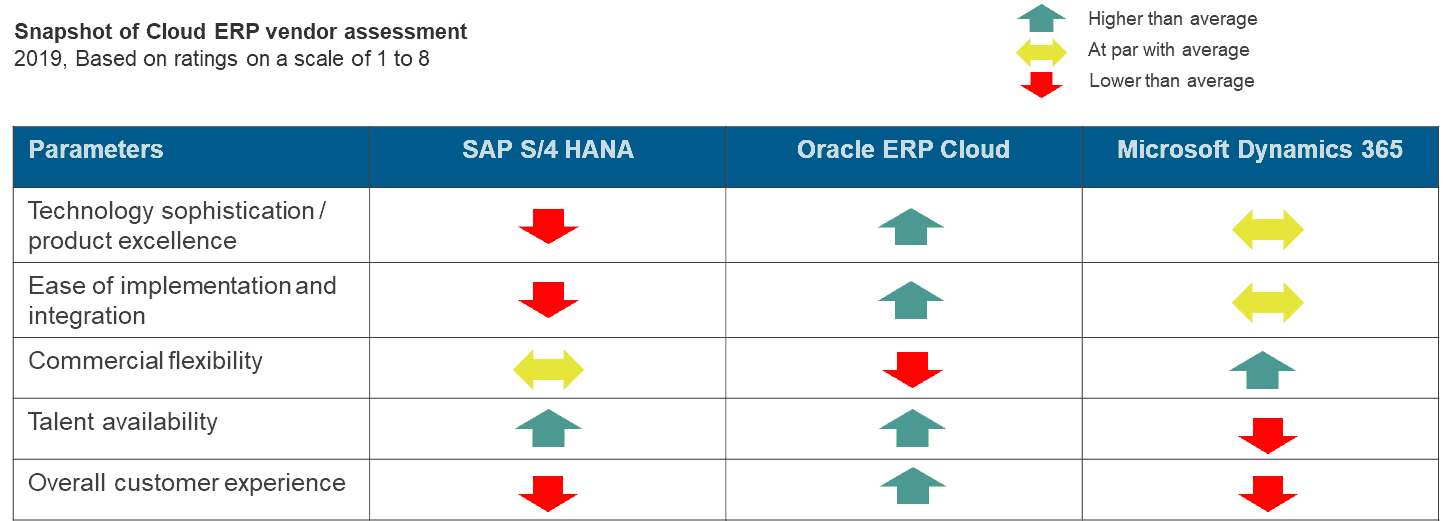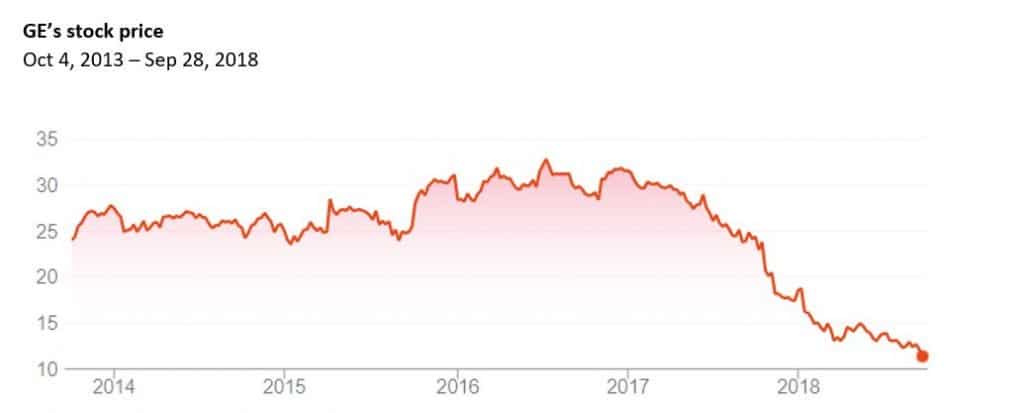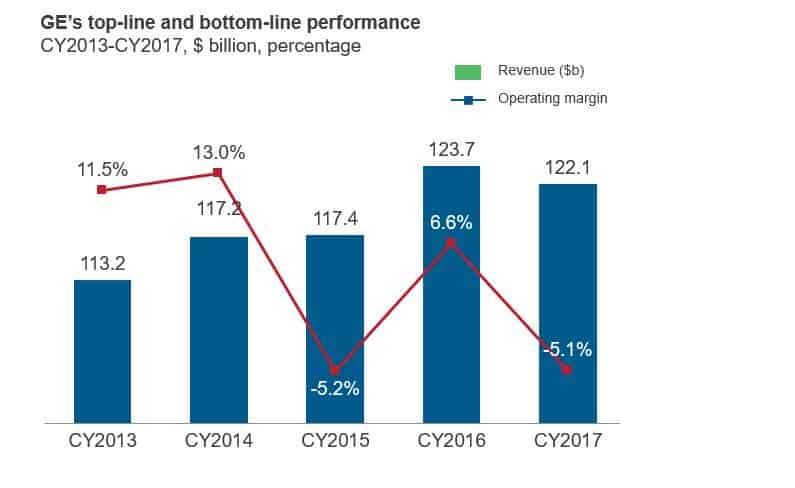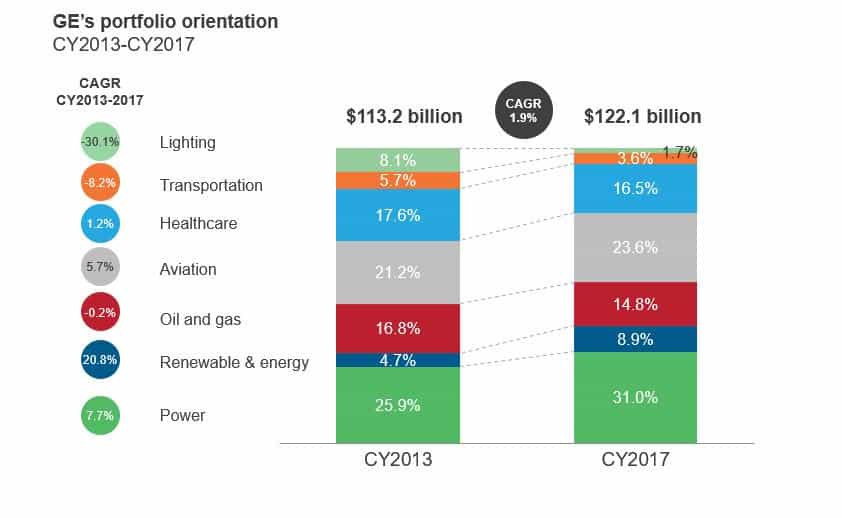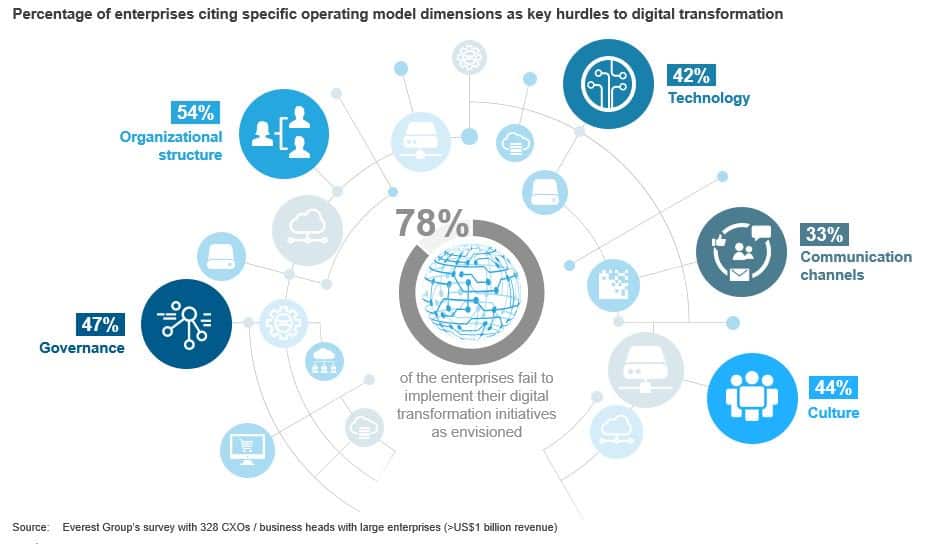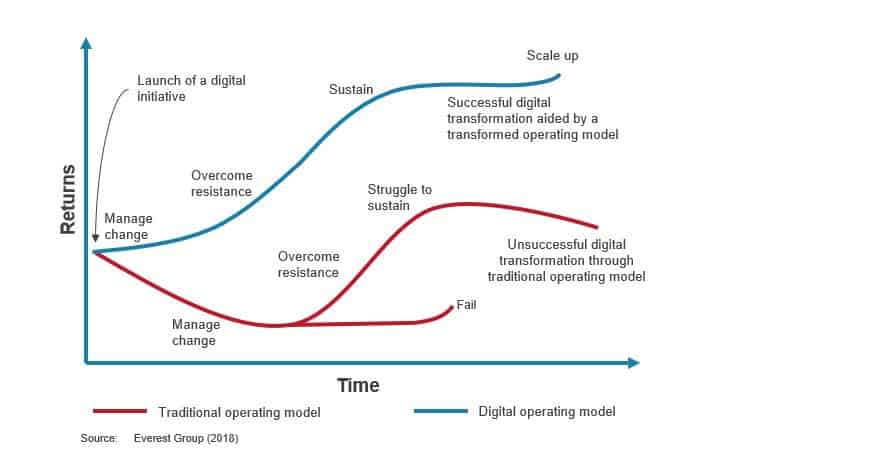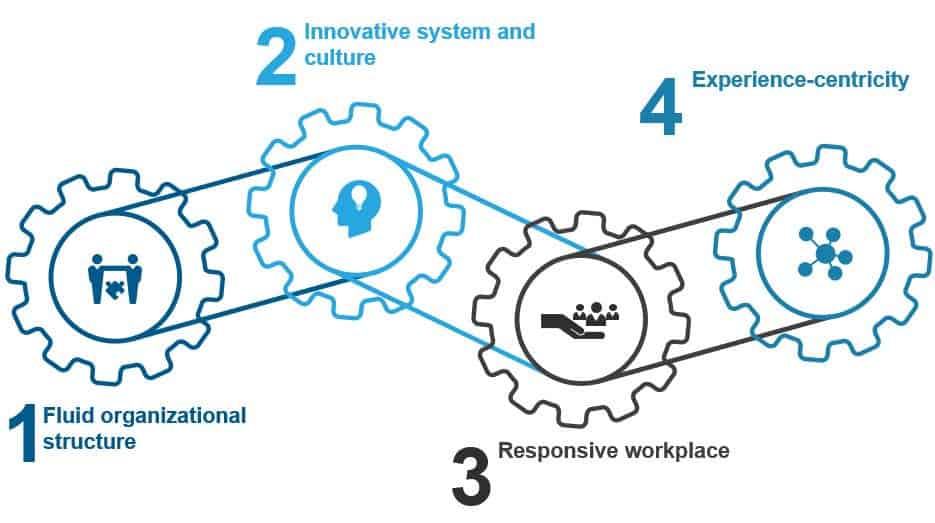Koch Industries’ Takeover of Infor Signals Key Bet on Cloud ERP Market | Blog
Infor – a global leader in business cloud software specialized by industry – announced on February 4, 2020, that Koch Equity Development (KED) LLC, the private investment arm of Koch Industries, Inc., has entered into a definitive agreement to acquire Golden Gate Capital’s equity stake to take 100 percent ownership of Infor. Before the agreement, Koch Industries owned about 70 percent of Infor. While the official figures are not out, public sources peg the deal at close to US$13 billion, including preferred shares.
Why did Koch do this? Here’s our analysis of the key reasons.
- Riding the ERP demand bandwagon: Our recent analysis indicates that ERP-focused process transformation and modernization drove over 30 percent of all digital transformation initiatives in 2019. While Oracle and SAP are the largest players in this space, more than 35 percent of the market is still comprised of a long tail of bespoke ERP, where there is likely to be huge churn and consolidation. Infor promoters wanted to ride this growth opportunity through an IPO.
- SAP/Oracle in the equation: SAP is the largest player in the ERP market, and its current licenses are reaching end of life in 2025. Also, it’s well known that SAP is currently offering significant incentives to nudge enterprises to accelerate their move to S/4HANA, especially its cloud version. Oracle is using a similar incentive-oriented approach for its cloud-based applications. Promoters of Infor probably saw how this competitive dynamic would play out.
- Taking the private route instead of IPO: In a market driven by incentives, a privately-owned organization backed by a diversified cash rich promoter probably gives Infor a better shot at competing with its much larger competitors. For a listed firm, navigating a growth-oriented strategy (by de-emphasizing margins) would have been a tough nut to crack. Plus, competing with larger peers will require a significant investment in product modernization.
- The Koch portfolio companies: The jury is still out on whether Infor can credibly compete with SAP and Oracle in the broader ERP market. However, as the second largest privately-owned conglomerate in America (Cargill is the largest), the parent Koch Industries can enable a captive market for Infor to start with.
Deal implications
For Infor – potential growth through synergies: As we’ve already noted, this acquisition may give Infor access to a captive customer base in Koch Industries’ subsidiary and partner network. Given Koch’s presence in more than 60 countries, this may also allow Infor to expand the geographic footprint of its client base, especially in markets outside of North America where it has limited presence. This is coming at a time when enterprises in Europe and APAC are beginning to embrace SaaS offerings.
For Koch – potential RoI: We see this takeover as a typical private equity play to improve the value of an existing asset by riding the ERP demand wave. While Koch Industries has been making investments in its portfolio on the technology sector, we do not see this tweak in ownership as a sign of change in Koch’s portfolio mix. Given that a large chunk of Infor’s client base is still struggling with aging on-premises applications, Infor will need strong investment backing to convince its existing user base of its long-term cloud ERP vision.
For systems integrators – potential opportunities: Koch industries generated over US$100 billion in annual revenues in FY19. While we do not have estimates for the ERP transformation opportunities within Koch portfolio companies, it is likely to be a significant opportunity for systems integrators to focus on, using an Infor playbook.
For enterprises – better incentives, more supply-side investments: If Koch backs its investment with a large innovation fund, enterprises may gain on the following parameters:
- Better incentives: Due to intensifying competition, enterprises may see more creative financial solutions and incentives around cloud-based ERP
- Verticalized product offerings: Industry-focus and verticalization is gaining traction in the ERP space. Koch’s expertise in industries including manufacturing, chemicals, energy, petroleum, finance, and commodities may lead Infor to accelerate micro-vertical solutions faster than its competition.
The path forward
Infor has seen almost flat growth of around 3 percent over the past five years, due primarily to its long-term focus on SaaS revenues, which directly cannibalized its existing license revenues from on-premises offerings. In FY19, Infor’s SaaS revenue – which is about 20 percent of its overall revenue base of US$3.2 billion – grew at approximately 21 percent, while its licensing fees declined at about 12 percent. Given this strong focus on SaaS, Infor is well positioned in the manufacturing and allied verticals to overcome some of the critical cloud migration challenges and cater to some industries’ process-specific demands.
However, over the past year, there have been multiple big-ticket acquisitions in the enterprise platform market, geared to improving product capabilities – especially in areas related to cloud and analytics. In this hyper-competitive space, it will be challenging for Infor to compete credibly at scale based only on promoter-backed cash flow. Watch this space for more on how this move pans out.
